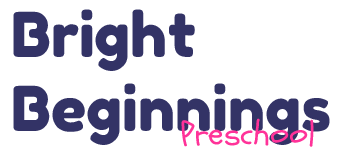Colors can be complicated
Colors can be complicated
A color unit might seem very basic and not needed. You might think that especially for children that are in their second year of preschool. We have taught children colors since the day they were born. We tell them to pick up the blue ball or go stand next to the pink flower. When they already know the primary colors we can go a little deeper. We can look at color families. We can talk about pastels or red- orange. I can remember as a small child looking for the red- orange crayon. I always preferred it for some reason over just the orange. But the bottom line is when they pull out a pink whether it’s regular pink , dark, fuchsia, or pastel they will eventually learn their colors through natural play. WE DON’T NEED FLASHCARDS TO KNOW COLORS.
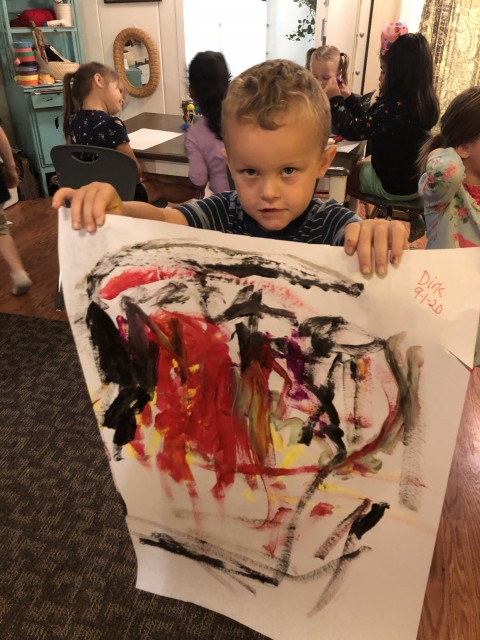
Research tells us that it’s estimated 1 in 12 boys and 1 in 20 girls experience some degree of color blindness. Usually only an optometrist or pediatrician can determine if a child has color blindness.
As we are learning about colors we are trying our best to do it all in the context of play. Sure, I put out extra activities but I’m not sitting them down with flashcards in a circle. I have had children before that had a hard time learning colors. I am pretty certain I’ve never had a child leave me that did not know their colors. Our main goal during this unit is to experiment and play with colors.
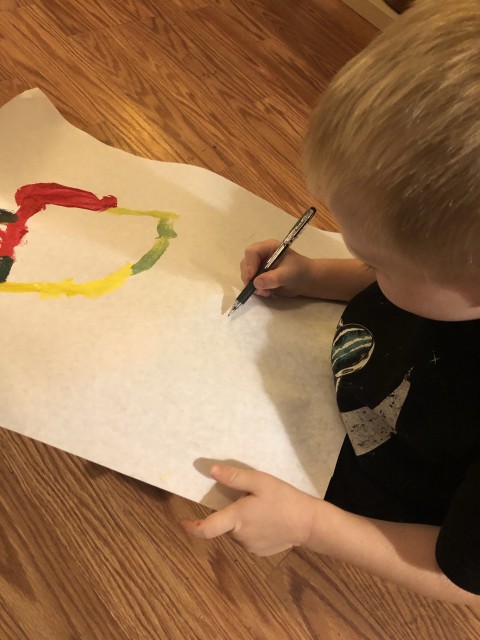
Today we spent some time looking at the sky.
Is it really blue? What other colors do we see in the sky?
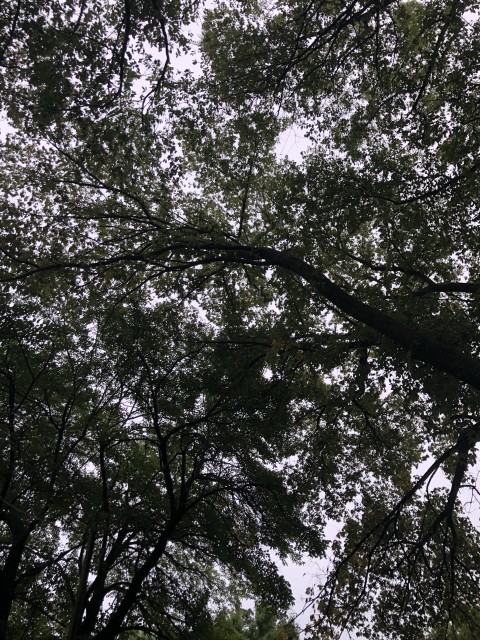
The children concluded today before we had to run in from the rain that today’s sky was definitely white not blue
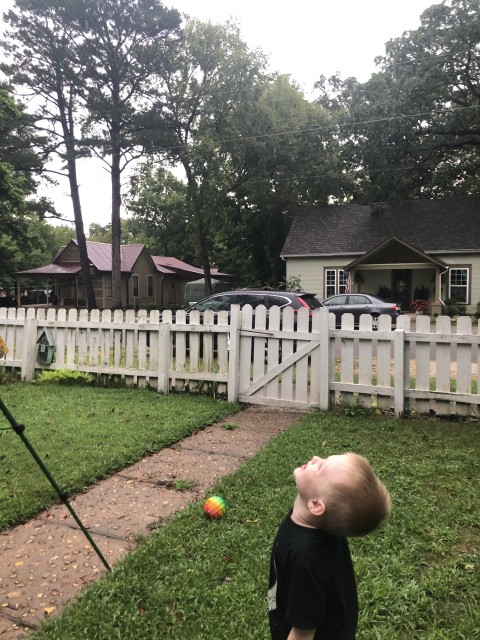
Colors can be complicated but that gives us even more reasons to dig a little deeper.
Is the sun really yellow?
Is water really blue ?
